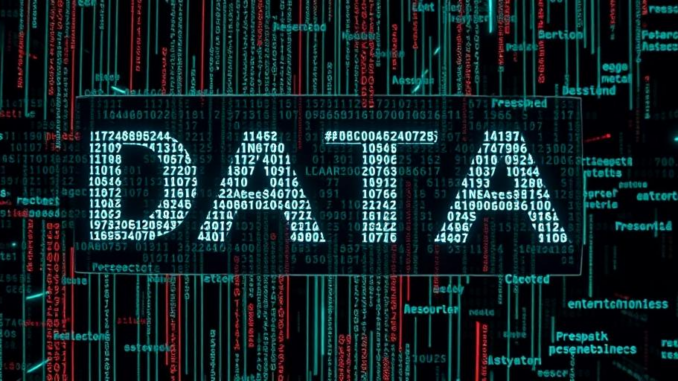
Summary
The PowerSchool data breach compromised the data of millions of students and educators across North America. The breach exposed sensitive information, raising concerns about identity theft and privacy. PowerSchool is facing legal action and criticism for its handling of the incident.
** Main Story**
PowerSchool, a leading education technology provider, suffered a significant data breach in December 2024, impacting millions of students and educators across North America. The breach originated from a compromised credential within PowerSchool’s PowerSource customer support portal, allowing hackers to access the Student Information System (SIS) and extract sensitive data. The incident has sparked outrage, lawsuits, and investigations, raising crucial questions about data security practices within the education sector.
Scope and Impact of the Breach
The full extent of the breach is still emerging, but the numbers are alarming. Initial reports confirmed 2.77 million impacted records, but estimates suggest the true number could be far higher. Hackers claim to have stolen data from over 6,500 school districts, potentially affecting more than 72 million individuals, including approximately 62.5 million students and 9.5 million educators. The Toronto District School Board alone reported 1.5 million affected students, with records spanning four decades. The stolen data varies by district but includes names, contact information, dates of birth, medical information, and, in some cases, Social Security numbers.
The breach has widespread implications, affecting individuals across multiple generations who attended or worked at affected institutions. It highlights the vulnerability of sensitive information stored in centralized systems, even those belonging to trusted educational organizations.
PowerSchool’s Response and Legal Fallout
PowerSchool’s response to the incident has been met with criticism. The company notified customers on January 7, 2025, but initially withheld details about the scope of the breach. While they engaged a security consultant, CrowdStrike, to investigate, the promised forensic report was never released publicly. Reports suggest that PowerSchool paid a ransom to the hackers, further fueling concerns about their security practices. The company offered affected individuals two years of identity theft and credit monitoring services, but this has done little to quell the growing anger and distrust.
Over 20 lawsuits have been filed against PowerSchool, alleging negligence and inadequate cybersecurity measures. Parents, educators, and school districts are seeking accountability for the compromised data and the potential long-term consequences for affected individuals.
Cybersecurity Concerns and Lessons Learned
The PowerSchool breach underscores the growing threat of cyberattacks targeting educational institutions. Schools often store vast amounts of sensitive data, making them attractive targets for hackers. This incident highlights the importance of robust cybersecurity practices, including:
- Multi-factor authentication: Implementing multi-factor authentication for all systems, especially those containing sensitive data, can significantly reduce the risk of unauthorized access.
- Strong password policies: Enforcing strong, unique passwords and regularly updating them is crucial to prevent credential theft.
- Regular security audits: Conducting regular security audits and penetration testing can identify vulnerabilities and weaknesses in systems before they are exploited by hackers.
- Incident response plan: Having a well-defined incident response plan in place can minimize the damage caused by a breach and ensure a swift and effective response.
The PowerSchool data breach serves as a stark reminder of the importance of data security in the education sector. It calls for increased vigilance, improved security practices, and greater accountability from education technology providers to protect the sensitive information of students and educators. As of today, March 8, 2025, investigations are ongoing, and the full ramifications of this breach are yet to be seen. It is crucial for individuals and institutions to remain vigilant and take proactive steps to protect their data from future threats.


PowerSchool paid a ransom? So, future history textbooks might include chapters on “The Great Education Heist of ’24: How Ransomware Became a Required Course.” Anyone else wondering if the hackers offered student discounts on the stolen data?
That’s a darkly humorous take! The idea of ‘The Great Education Heist’ becoming a history lesson is almost too real. The question about student discounts is gold! Seriously though, this highlights the long-term impact these breaches can have, shaping future discussions around data security.
Editor: StorageTech.News
Thank you to our Sponsor Esdebe
The potential long-term consequences, especially regarding identity theft for minors, are deeply concerning. How are educational institutions adapting their cybersecurity training for staff to prevent future breaches stemming from compromised credentials?
That’s a critical question! The long-term impact on minors is definitely a top concern. I’m hearing some institutions are now mandating annual cybersecurity refreshers, with a heavier focus on recognizing and reporting phishing attempts, which seems like a good starting point. I’d be curious to see more about the specific curricula being used! What are your thoughts?
Editor: StorageTech.News
Thank you to our Sponsor Esdebe